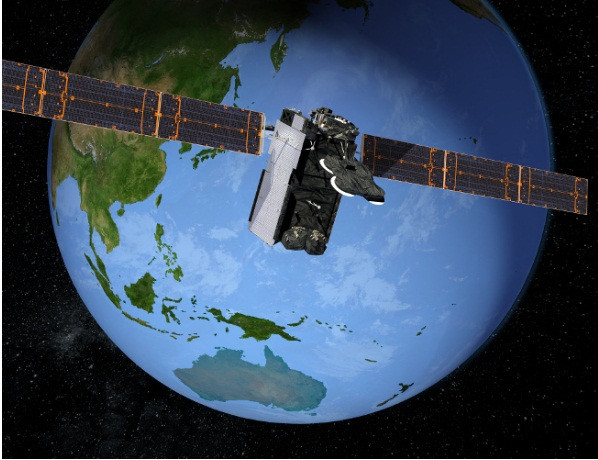US Air Force plans doomsday satellites to ensure communications remain if nuclear war breaks out
The AEHF will keep communications open and avoid signal jamming in case of nuclear war.

The US Air Force (USAF) plans to have satellites that will continue to provide communications for the top brass of the US government in the event of nuclear war or such incidents that can knock out communications.
Called Advanced Extremely High Frequency (AEHF) satellites, they are designed specifically to keep military channels in working order. The satellites cannot also be easily hacked or electronically jammed, reports Popular Mechanics. "We need systems that work on the worst day in the history of the world," said Todd Harrison, director of the Aerospace Security Project at the Center for Strategic and International Studies.
The US government already has four AEHF satellites in geostationary orbit and the USAF wants two more to be launched - one in 2019 and the other in 2020. Its budget has allocated $29.8m (£21.2m) for the project and more money has been set aside for the development of software that will run the satellites.
"We must concurrently modernise the entire nuclear triad and the command and control systems that enable its effectiveness," said Air Force Secretary Heather Wilson. The AEHF satellite is regarded as part of the US focus on modernisation of its nuclear capability.
Reports emerged over the weekend that China and Russia are busy working on weapons that target satellites, both physically and electronically. "We assess that, if a conflict were to occur involving Russia or China, either country would justify attacks against US and allied satellites as necessary to offset any perceived military advantage derived from military, civil, or commercial space systems," according to an intelligence report.
If nuclear war should break out, satellites like the AEHF might be the only means of communication in a post-apocalyptic world, notes the report. When a nuclear bomb goes off in the air or on the surface, the charged particles that get released would emit energy across the electromagnetic spectrum crippling communications.
AEHF satellites work differently. First, they send multiple signals at once to improve chances of their reaching the surface. They also hop between signal bandwidths so that they can go through several lanes of unjammed frequencies and get through like a car moving between lanes to avoid stagnant traffic, explains Popular Mechanics.
These are the same tactics that will make them less vulnerable to jamming as well.
Lockheed Martin builds the AEHF satellites and Northrop Grumman the payloads. With currently only 7% of military communications using the AEHF networks, two more satellites can vastly expand the service.
Early this year, a secret communications satellite from the government, called the Zuma, was launched but was reportedly lost in space. No one knows the fate of the satellite, launched by SpaceX. It is not known if Zuma was similar to the AEHF or something else entirely.





















